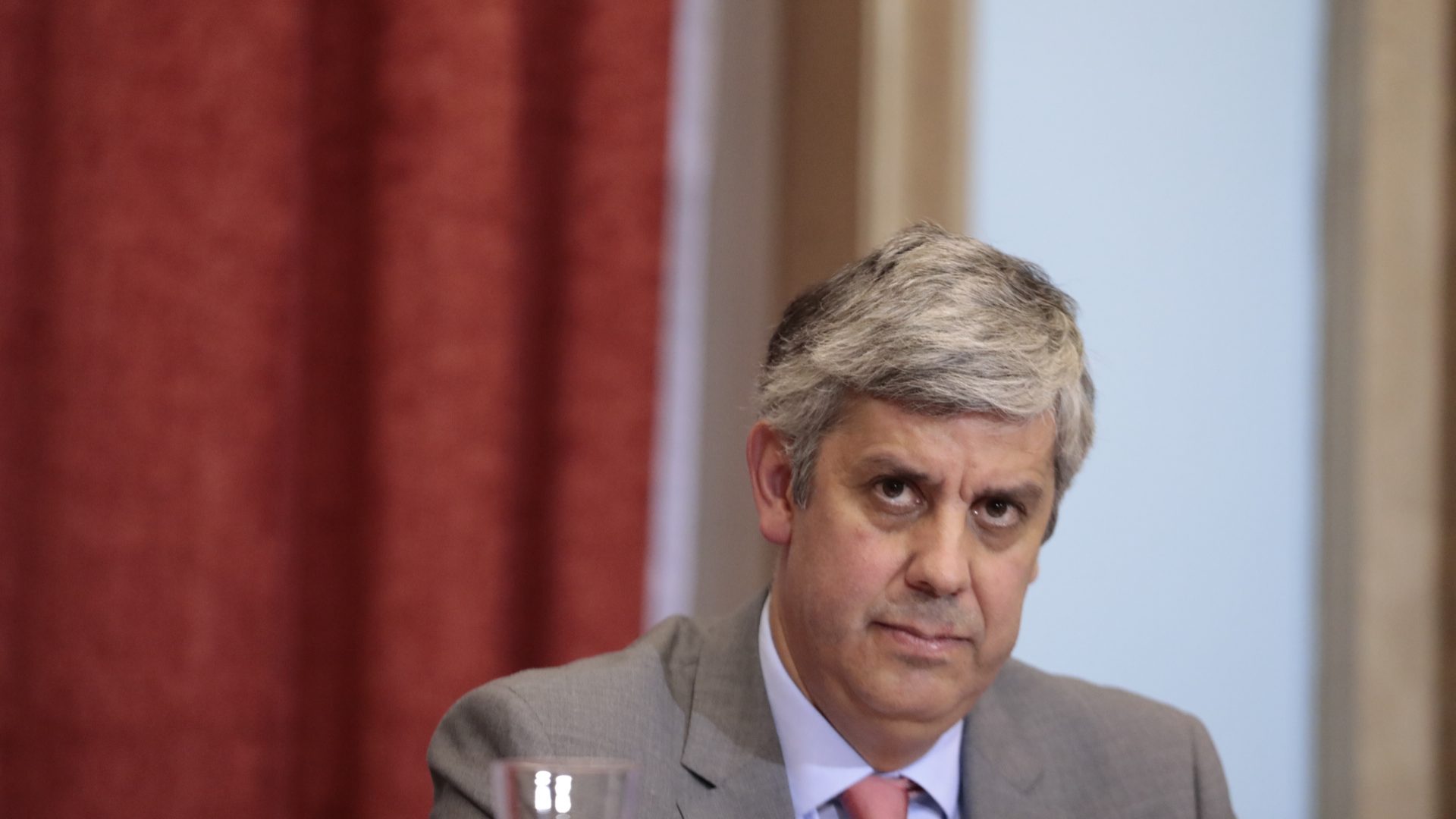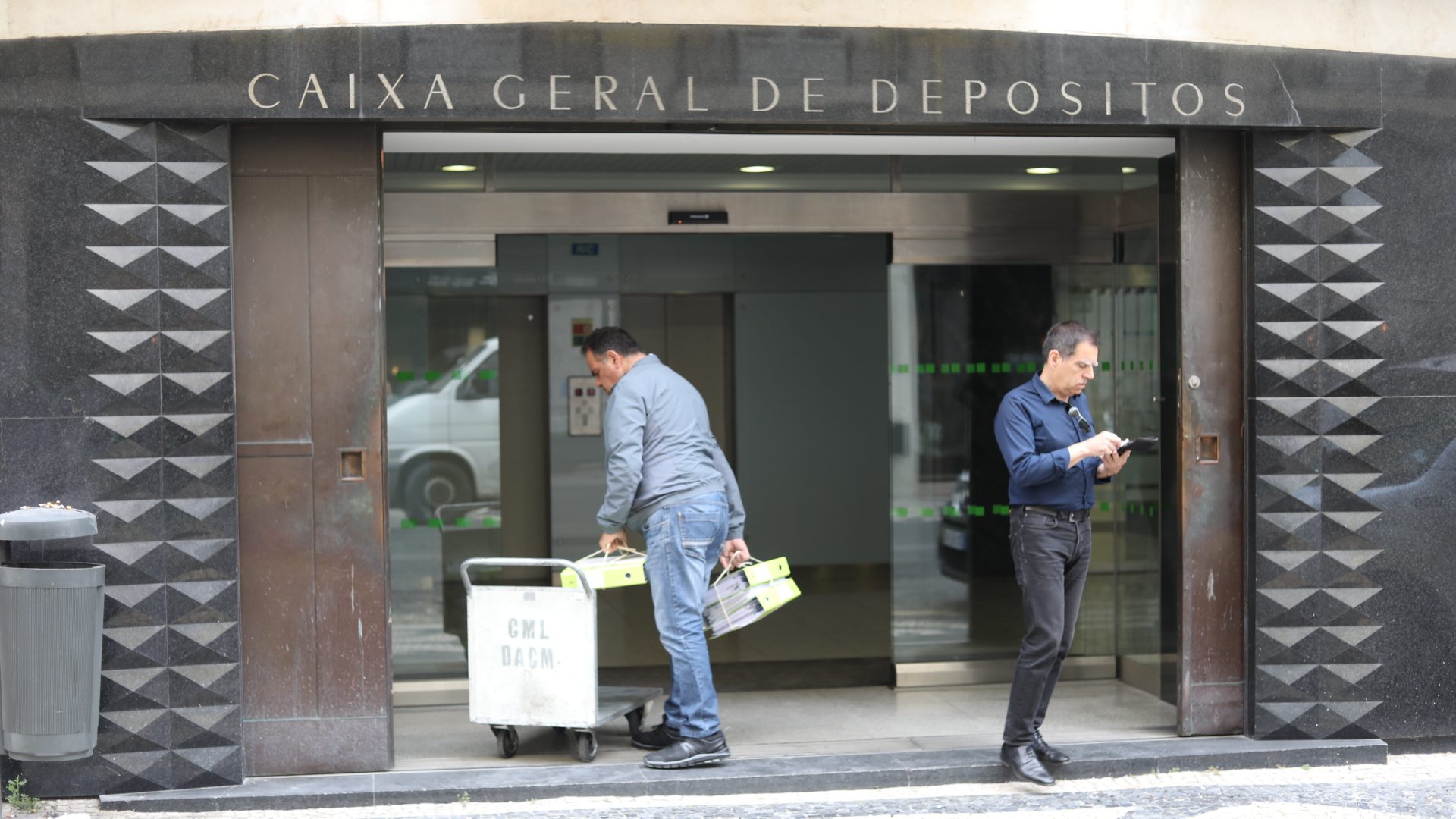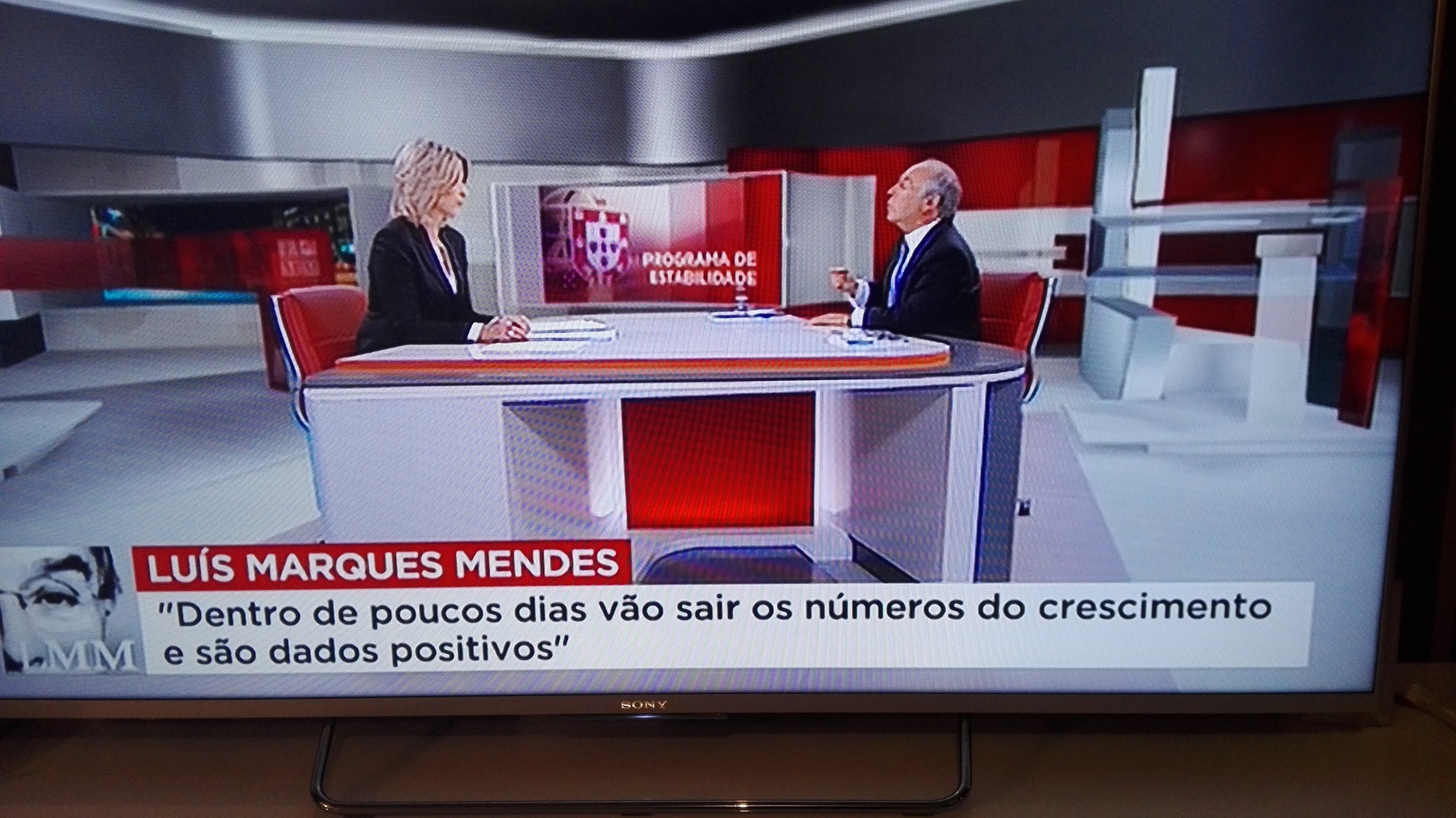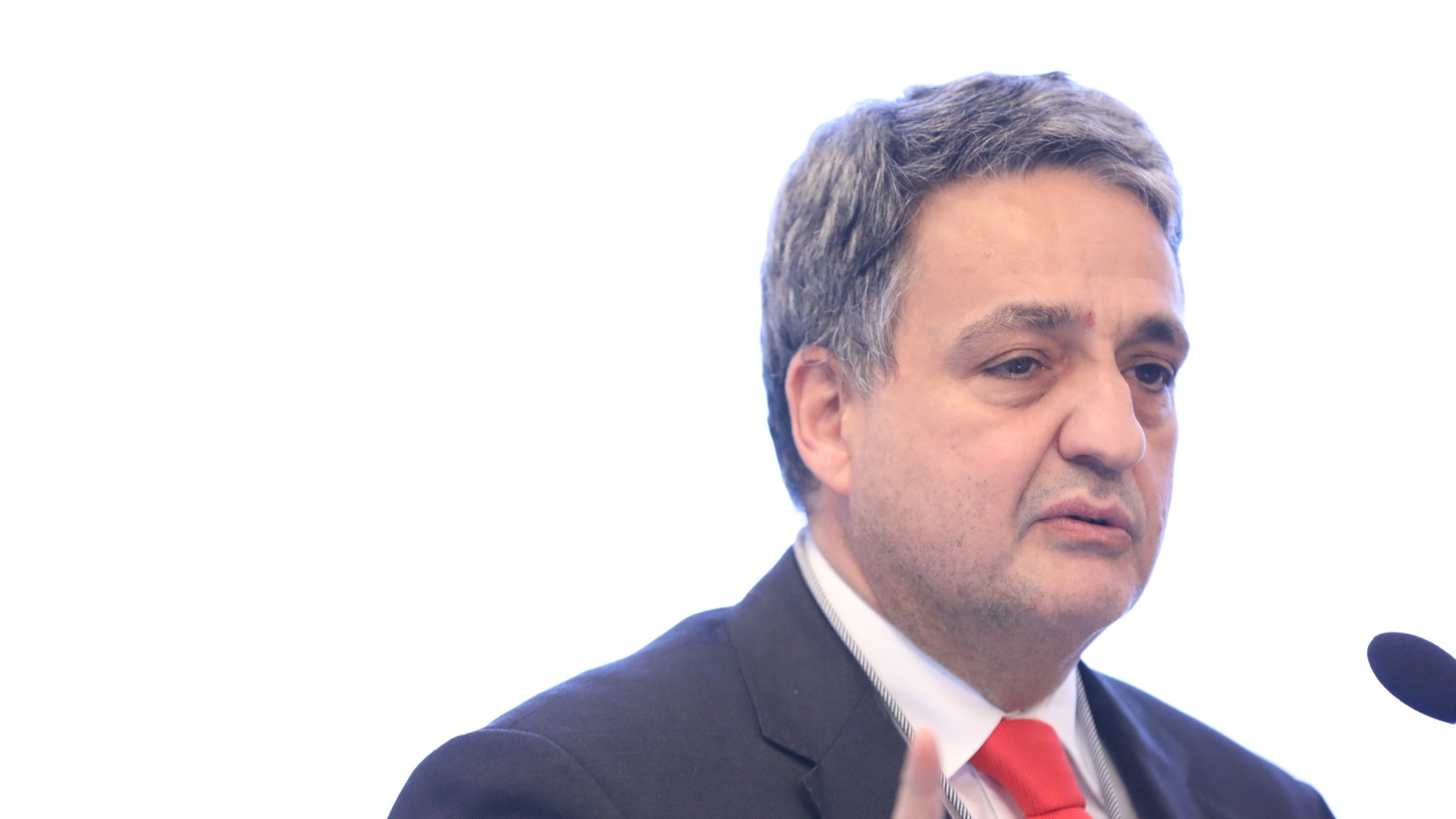With CGD, the 2017 deficit is 3%. Without the recapitalization it’s 0.9%, the lowest of the democracy
This Monday, INE revealed that the 2017 deficit without CGD's impact stood at 0.9%, the lowest of the Portuguese democracy. The 2016 deficit had been 2%.
The impact of the recapitalization of Caixa Geral de Depósitos (CGD) was included in last year’s deficit, lifting it to 3%. And if we exclude that effect? According to Statistics Portugal (INE), in that case, the deficit stood at 0.9%. In October, the Government’s revised goal pointed to 1.4%.
“The capitalization of CGD in the first quarter of 2017 has, therefore, amounted to € 4,444 million, of which € 3,944 million were supported by the Portuguese State (2.0% of GDP)” and were accounted in last year’s deficit, INE stated this Monday in the first notification from the Excessive Deficit Procedure. Eurostat should assess INE’s notification and then publish their final results.
INE also highlights that “considering two decimal places, the net borrowing of GG corresponded to 2.96% of GDP and the effect of the CGD recapitalization process was 2.04% of GDP in 2017” and, as a consequence, “excluding this impact, the net borrowing was 0.92% of GDP”.
Deficit evolution between 2011 and 2017

With CGD’s impact on the deficit, as ECO disclosed, the deficit was 5,709 million euros, of which almost 3,944 million euros concern CGD’s recapitalization. Without that effect, the deficit stood at 1,765 million euros in 2017. This number was influenced by the income increase of 3.9%, higher than the expenses increase of 1.5% (without CGD, which would lead to a 6.2% increase).
Concerning income, in comparison to 2016, there is an increase in indirect taxation (6.1%), but also from social contributions (5.1%) — due to the economic acceleration in 2017 and also due to the increase in jobs. Direct taxation (on income and patrimony) increased the least (3.3%). Capital income fell 7.8%.
As for spending, capital expense had the largest increase, due to CGD’s recapitalization. However, excluding that effect, public investment increased 629 million euros (22.5%). Central administration invested 3,415 million euros in 2017 — higher than 2,733 million euros in 2016 –, but still smaller than the 2014 and 2015 amounts.
In current expenditure, the one that weights in the most, Government’s inversions in the remuneration of public administrations was partly compensated by the reduction of the invoice from debt interests. Employers remuneration increased 1.9% and social benefits had a 1.4% increase. Interests decreased 3.7% (-286 million euros). In the end, current expenditure grew just 0.5%.
“The primary balance, i.e. the global balance net of interest payments, decreased by 2,330 million euro in 2017, moving from a 4,026 million euro surplus in 2016, to a 1,766 million euro surplus”, INE also discloses in their Main Aggregates of General Government notes.




